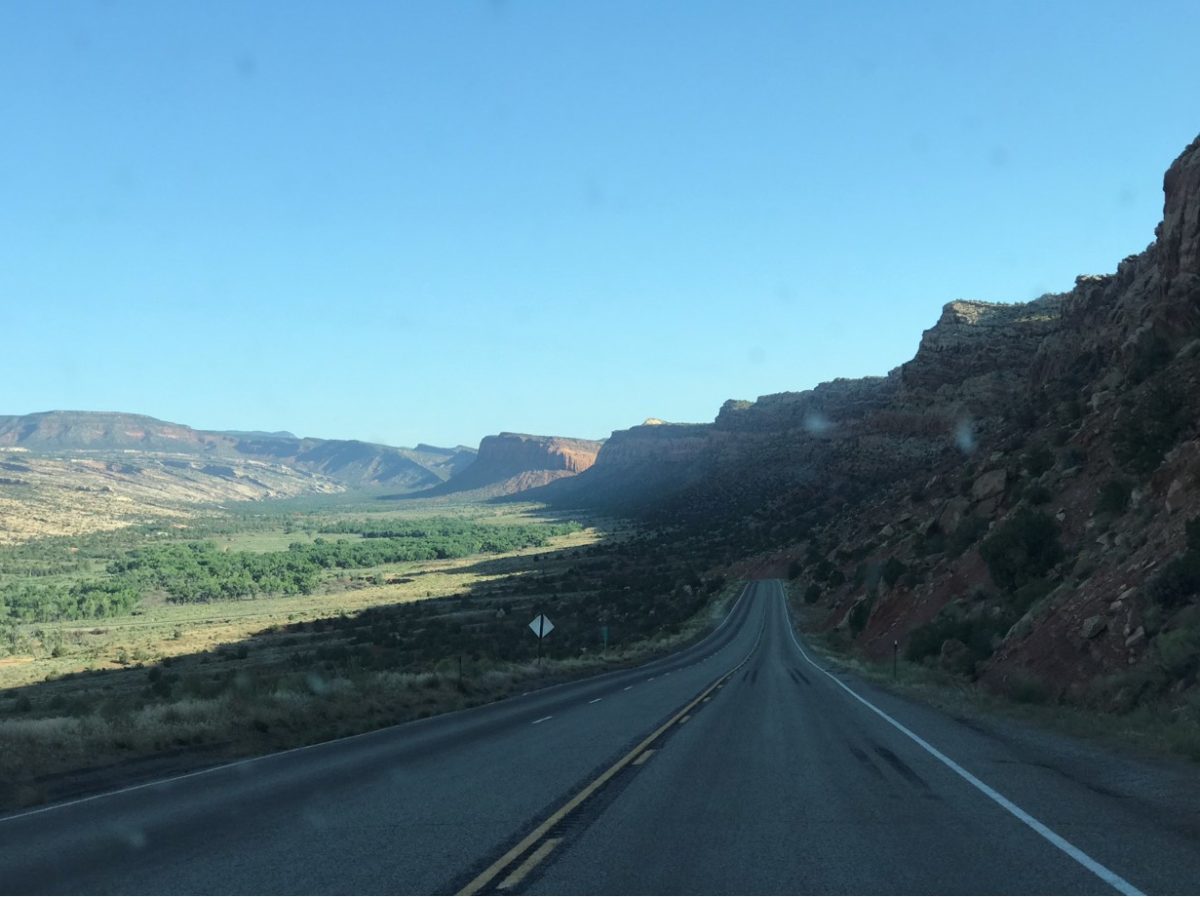Mikey and I just can’t seem to stay away from the Red Rock Desert. This trip we took a little detour to visit my old friend Kyle, who runs a “Long Distance Marksmanship School” in a remote corner of Utah.
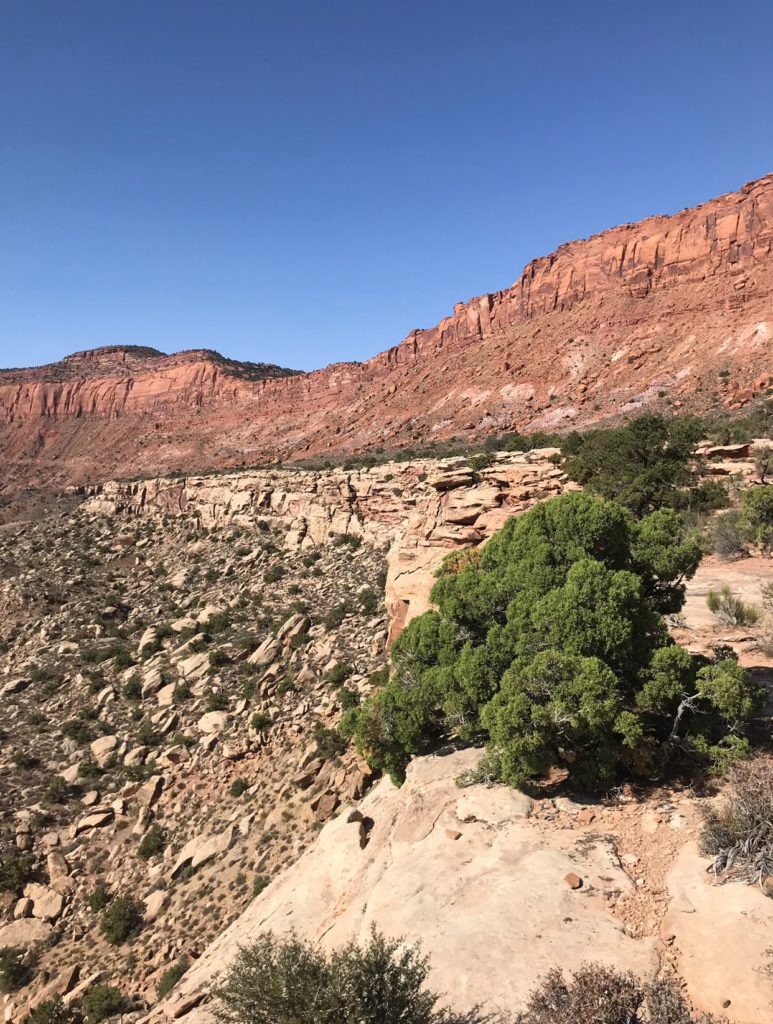
The school is on a several-mile-wide mesa that rises hundreds of feet above the Colorado River, and has only one way in…and one way out. Perfect for what it’s now being used for.
The government seized the land with a small copper mine on it from the original owners in the early ’40s, and then started mining extremely high-grade uranium. They built a “man camp” in the valley, cut a dump truck capable road into the side of the mesa, and put a big gate on it.
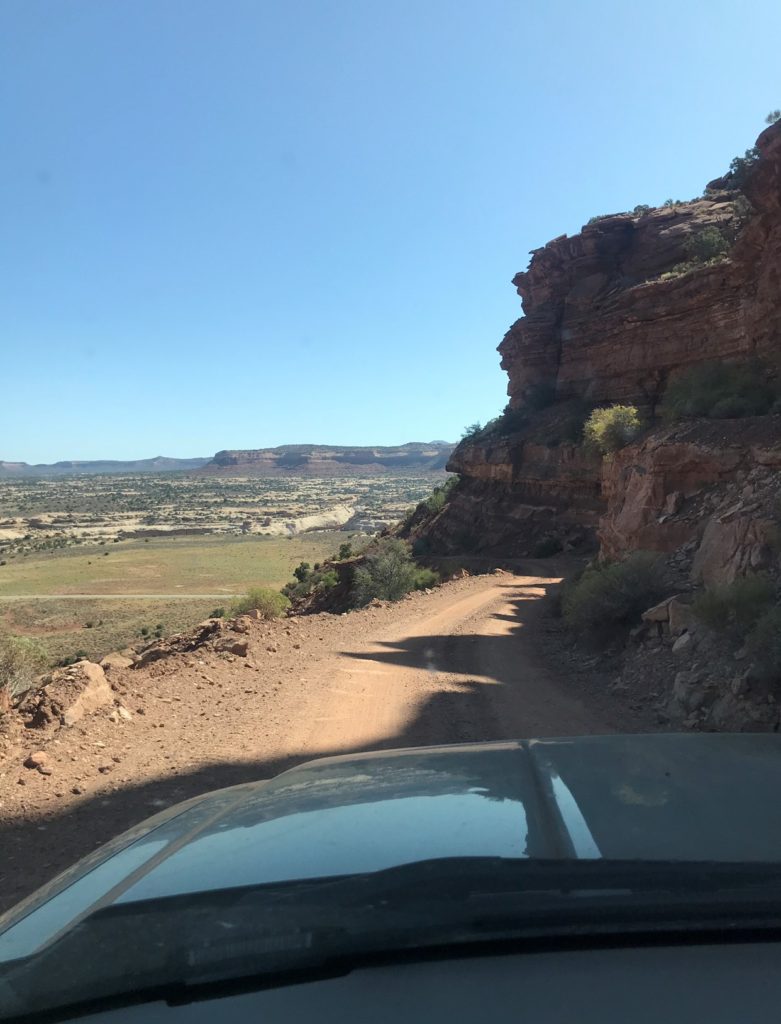
Most importantly, they sank a concrete and stainless steel well into the Colorado River aquifer, and the place became pretty self-sufficient. It was so isolated no security was needed, which makes it perfect for today’s activities. The feds gave the site back to the original owners when the uranium boom collapsed, and it sat there for years.
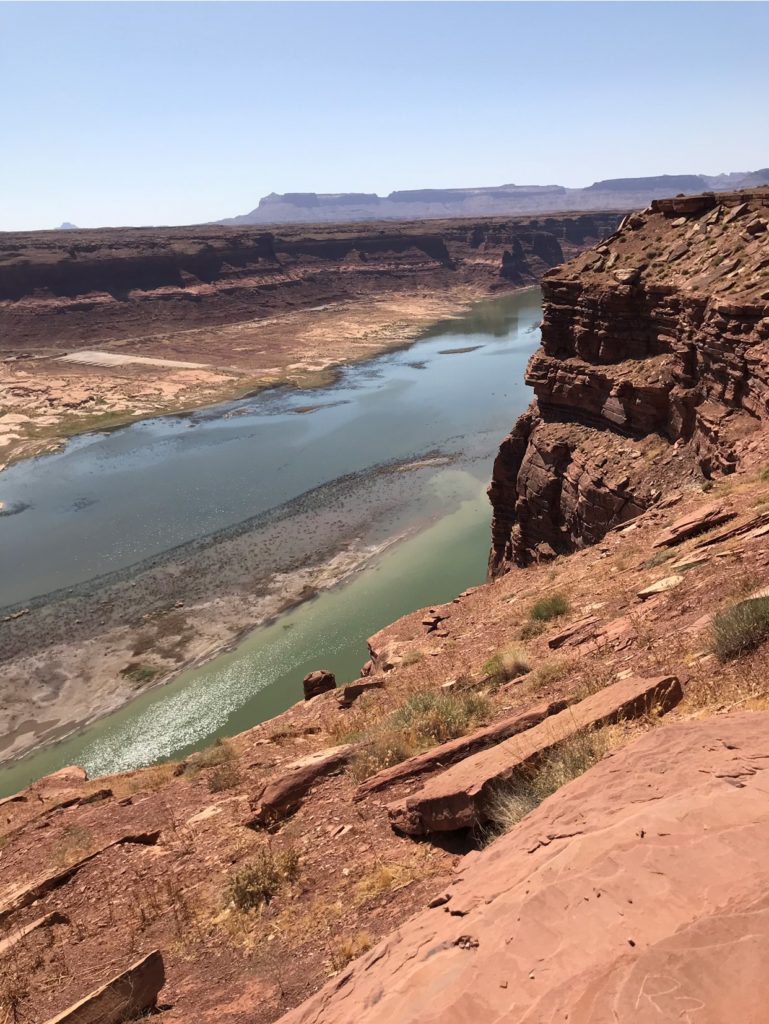
The wheels of fate put both Kyle and me in Utah as the ’70s turned to the ’80s, and I helped him get started when the only man-made feature on the property was the abandoned uranium mine. My dad was part of the atomic bomb effort during WWII, then we moved to central Utah where we watched over 1,000 nukes go off, then got rained on with fallout. In a Dr. Strangelove kind of way, Kyle’s place felt like home, and it still does. He’s come a long way since then.
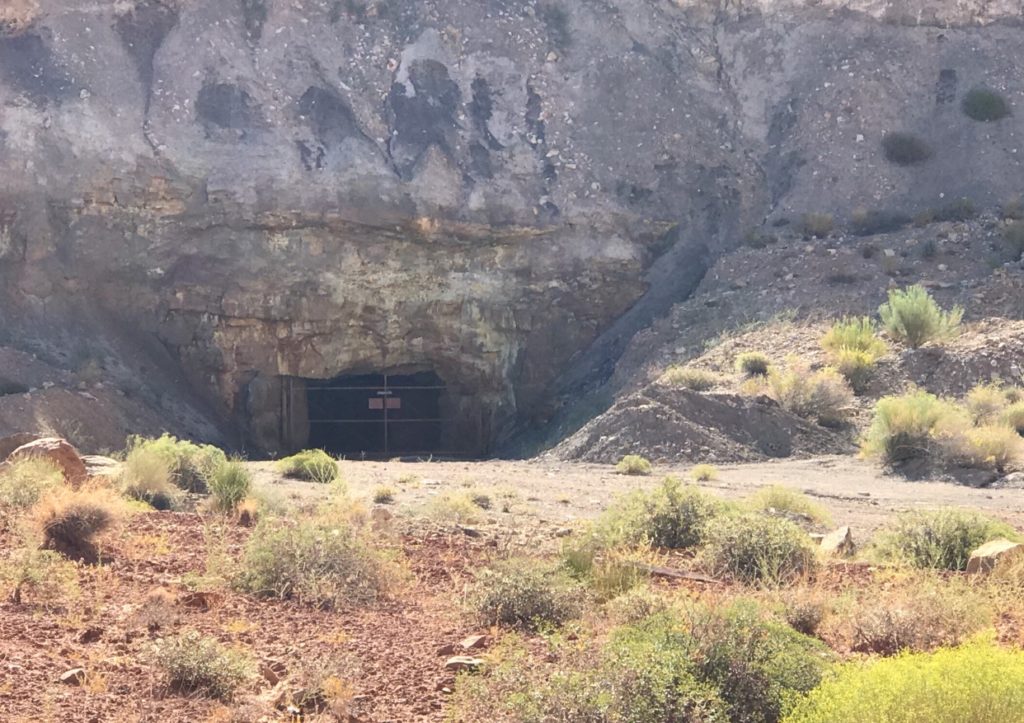
I knew him when we both lived in Parkersburg W.Va. We were into cave exploring at the time. It was a brotherhood (with a few sisters) of physical effort, technical skill, danger, endurance, and mutual support that we all loved. The experience and knowledge of others is vital in caving, as you are in total darkness with only the flicker of carbide lamps to guide your way. Some caves require 24 hours to transit. Besides yourself and a minor amount of equipment, a caver has only his comrades to rely on for underground survival. Not too different than the business Kyle is in today.
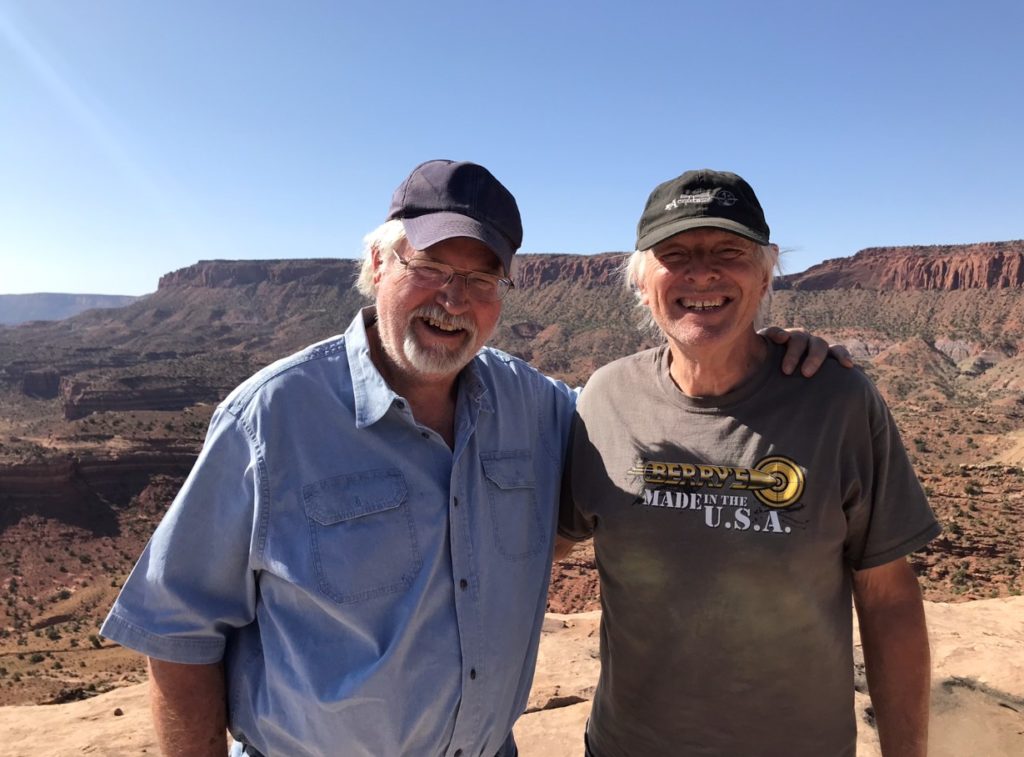
At the time, we used equipment designed for rock climbing, and it was only OK for caving. Climbing ropes are designed with lots of stretch, so if a climber falls off a rock the rope will stretch at the end of the fall, cushioning his stop. For a caver trying to climb his rope to exit a cave, that stretch means he can climb several minutes and still be on the bottom of the cave!
Kyle and some friends found a long forgotten rope “recipe” and an unused hand-powered rope braiding machine, and started making a nylon composite rope that had the strength, flexibility, and abrasion resistance of climbing rope, but without the stretch. BLUE WATER brand rope became the standard for cave explorers worldwide.
Custom ropes led to custom hardware, suited for operation in the dark while covered in dirt and mud. Soon the idea of made-to-order hardware, high-strength, non-magnetic, non-sparking–even non-spectral (anodized flat black)– equipment caught the attention of the “black” parts of the U.S. government (pun intended). Orders started to come in, and the move to Utah resulted.
Customer evaluations and training were usually first done on site, and often involved climbing and firearms. Somebody one day realized the site was as valuable as the equipment. The hardware business has been sold off, but the site still thrives. It’s all invitation only, except for the afore-mentioned “government employees.”
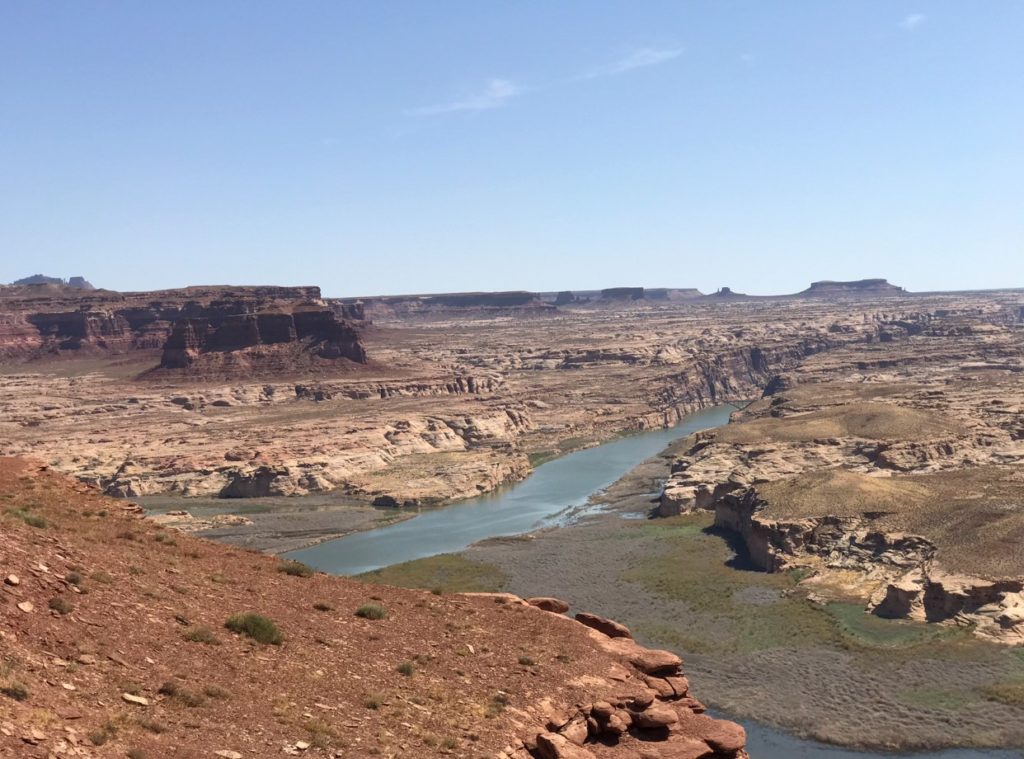
Both the regular ranges were in use at the time of our visit, so Kyle was kind enough to take us to his personal range overlooking the Colorado River valley. Using a spotter scope, we picked out targets hiding behind slabs of rock on cliffs, behind boulders in gullies, and in other inaccessible hiding spots. I asked Kyle how he replaces those targets once they’ve been hit a few times. He laughed and said they are laser cut from armor plate. “Kind of expensive, but they make a nice ringing sound when you hit them and never have to be replaced.”
Once the target is sighted, using a hand held device, microwaves give you distance. Enhanced GPS gives you wind speed, air density, estimated projectile drop based on height above sea level (you weigh less on top of Mt. Everest than you do at the bottom of Death Valley), latitude, and then automatically calculates my favorite, azimuth. The target solution is then transmitted via Bluetooth to the scope on your weapon of choice.
Since the earth is spinning at roughly 1,000 miles per hour at the equator, or about 460 meters per second, for even a medium-distance shot of a mile or so your target is going to be in a different location when the projectile arrives than it was when you pulled the trigger.
During WW II when the big battleship’s 16 inch guns did supporting fire for the Marines on the Pacific islands, they used a set of nomograms (look it up) to estimate where those 2,000 pound shells, served with your choice of filling, were going to land. This was and is called azimuth. After 20-plus miles in the air, the rotation of the earth would put the target in a different place than it was when that shell left the muzzle. Much to the enjoyment of the Marines, and the distress of them other guys, the swabbies became very good at azimuth.
Now Kyle and his students / friends do it all automatically.
The Marksmanship School is about equidistant between Grand Junction and Las Vegas. Either is OK if you have your own jet, but Vegas is best if you’re flying commercial. Pick up a rental car, or your pre-positioned desert support vehicle (Ford Raptors are a popular choice) and drive to Kyle’s in about 7 hours.
Most of the people are return clients and friends. Some have a motorhome parked at the range. “We have a few ‘government employees’ in our classes, and we don’t charge them for attending. They are fighting our wars, so let’s give them a break. They love this area, because all the other rangers, I mean ranges, they have access to are FLAT. Positive or negative elevation shooting is very different, and said Kyle, they sometimes bring equipment to our classes that doesn’t exist.”
In case you were wondering, we did not see a lot of camo-clad snipers during our stay there. We did see one, but then the rest of them may have been camouflaged.
8/28/19

